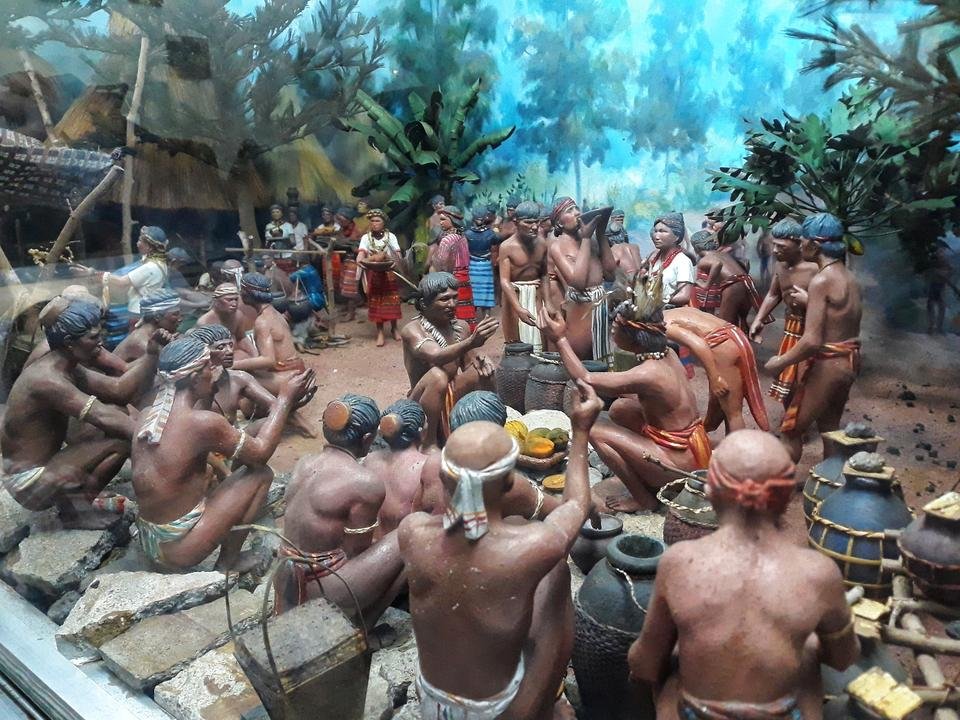

(Credits to the owner of the photo, @cassyjanine, steemKR)
There was a time when people would deliberately presume that the rugged mountainous terrains of Kalinga were home to vicious warriors and savages which inspired various tales and legends to this day. Decades of headhunting and countless records of waging wars with other tribes emboldened the elders to develop a peace-pact system as they desire to live in peace and social security with the belief of advancing towards economic prosperity and social stability if peace is achieved. Hence, Bodong came into existence.

The practice of Bodong is guided by the pagta, which is either constituted orally or in writing, although the latter is the prevailing practice at present. Through the test of time, the peace-pact evolved as protection for traders and non-native merchants when they cross tribal borders. At present, Bodong is usually established when an individual member of a tribe or barrio has a business relationship with another person from the other tribe.
31 October 2021